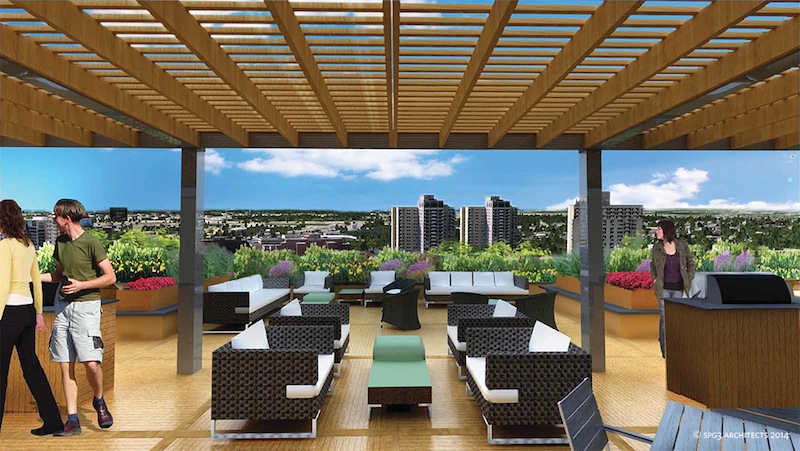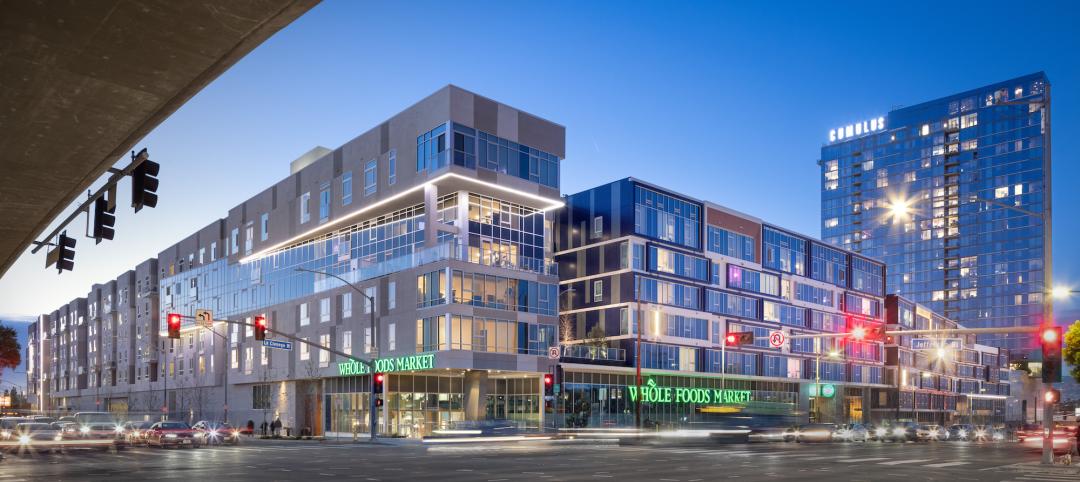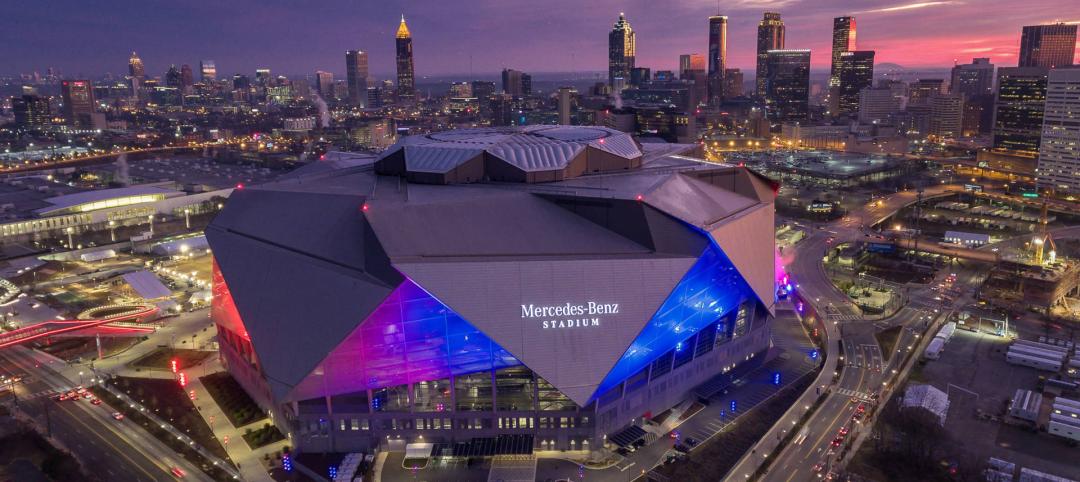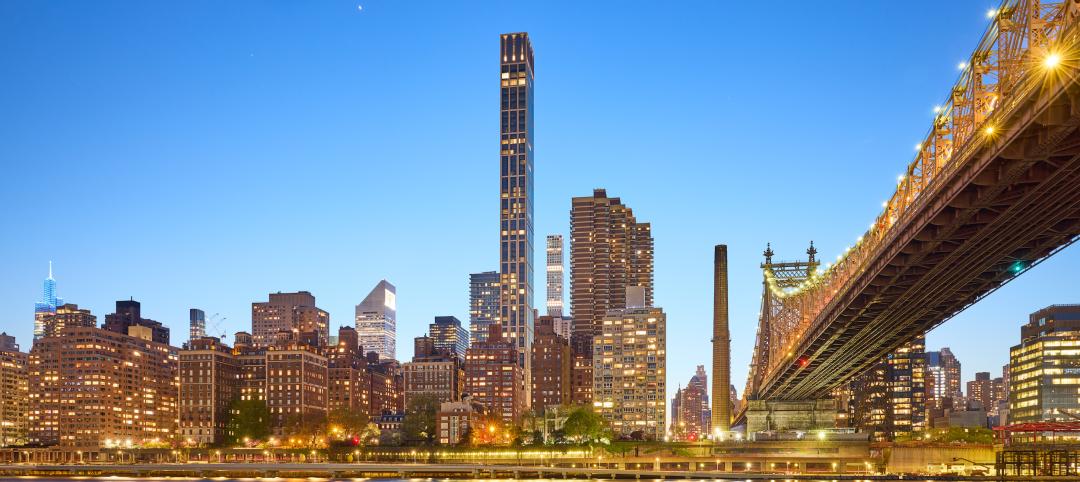Each generation is different than the preceding one, often in surprising ways. Unlike their parents and grandparents, Millennials, or Generation Y, are more comfortable paying rent rather than committing to a 15-30 year mortgage.
From 2006 through 2011, 25- to 34-year-olds experienced the largest decline in home ownership compared with any other age group, according to a USA TODAY analysis of Census Bureau data. Among households headed by 25- to 34-year-olds, renters increased by more than a million from 2006 to 2011, while the number who owned fell nearly 1.4 million.
For many Americans, particularly Millennials, there are a multitude of reasons why renting is on the rise and not expected to fall anytime soon. Young adults today are less inclined to buy a home because they don’t want to be tied down. They also don’t want to incur additional debts, as many already have loans from college.
Interestingly enough, one of the main reasons that drive Millennials to rent is not directly a question of money; it’s all about lifestyle. For this reason, it is important to understand what attracts Millennials and to design and build accordingly.
What Millennials Want in Rental Housing
Articles constantly appear in the media about what Millennials want. Let’s distill 6 key characteristics:
Technology: Millennials grew up with technology. It is second nature to them. Preferred living spaces are wired, connected, and up-to-date.
Community: The Facebook generation is plugged into their social circle, and the community is not just online – it’s also where they live.
“Within the apartment itself, one of the most important features that Generation Y renters look for is an open floor concept with a large living space. As a result, smaller bedroom spaces aren’t a drawback if the living space can support their naturally social lifestyles.” —Michael R. Ytterberg, BLT Architects
Authenticity: Millennials will not stand for fake. The truth is important and the objects with which they surround themselves must feel authentic.
Work and play: These fuse together in an online world. I can work anywhere; I can connect with my friends anywhere. Living arrangements need to support this.
Health: Their living environment must support a healthy lifestyle, both active and one that is clean and restful. This is one of the latest areas where multi-family projects have begun to differentiate themselves.
Experience: For Millennials it all comes together in a life that is rich in experience now, not delayed until success comes later. The road traveled must be an interesting one.
Buying a house ties one down and limits possibilities. Many Millennials today are willing to spend more on their monthly rent to live in a prime location that offers them convenience, comfort and choice.
Smaller apartments have become the norm as rents have risen so Millennials may continue to live in desirable neighborhoods. The neighborhood and the communal spaces in their building are their living spaces. Yet within the apartment itself, one of the most important features that Generation Y renters look for is an open floor concept with a large living space. As a result, smaller bedroom spaces aren’t a drawback if the living space can support their naturally social lifestyles.
Design elements and finishes must have character; uniqueness and charm are selling factors.
As Generation Y is inherently more social, common areas as well as outdoor space are very important to renters. Many Millennials also require access to a fitness center and a pool, spaces where health and sociability are combined.
How to Design Apartments for Millennials
In order to meet the needs of Millennials, one must offer amenities and finishes that are impressive in a competitive landscape. An active, inviting lobby is always important, as it is the first impression that the renter and his/her guests see upon entrance. The lobby should be open and situated like a lounge, evoking the feeling of an extended hangout space.
In addition to lobbies, public space is a necessity in attracting Millennials. Internet lounges within the building where residents and can bring their laptops, as well as rooms that people can rent out for parties are attractive to renters.
 Rendering depicts the rooftop entertainment space at the 3737 Chestnut luxury apartment development in Philadelphia. Rendering: Radnor Property, SPG3 Architects
Rendering depicts the rooftop entertainment space at the 3737 Chestnut luxury apartment development in Philadelphia. Rendering: Radnor Property, SPG3 Architects
When designing for Millennials, keep in mind they understand that quality materials are important, and they favor granite or quartz countertops and clean looking finishes that are easy to maintain. Additionally, buildings must be developed to be pet friendly. Having pet centered amenities, such as a dog grooming facility and synthetic turf pet areas, is becoming the norm.
Many Millennials who live in cities are often doing away with the costly expense of owning their own cars. For this reason, developers should make sure public transportation is easily accessible and consider having a car share program nearby. It has also become a necessity to have plenty of bike storage that is both convenient, as well as easily accessible, to renters.
Millennials are not only renting more often than buying, but they are also renting for much longer periods of time than previous generations. With so many choices available, they have become much more particular when it comes to having the right amenities and living space. Keeping these trends in mind when developing your next project will be essential in remaining competitive within the rental landscape that is being driven by a new generation.
About the Author: Michael R. Ytterberg, PhD, AIA, LEED AP, is a Principal with BLT Architects, a Philadelphia-based architecture firm.
Related Stories
Adaptive Reuse | Jul 10, 2023
California updates building code for adaptive reuse of office, retail structures for housing
The California Building Standards Commission recently voted to make it easier to convert commercial properties to residential use. The commission adopted provisions of the International Existing Building Code (IEBC) that allow developers more flexibility for adaptive reuse of retail and office structures.
Mixed-Use | Jun 29, 2023
Massive work-live-play development opens in LA's new Cumulus District
VOX at Cumulus, a 14-acre work-live-play development in Los Angeles, offers 910 housing units and 100,000 sf of retail space anchored by a Whole Foods outlet. VOX, one of the largest mixed-use communities to open in the Los Angeles area, features apartments and townhomes with more than one dozen floorplans.
Multifamily Housing | Jun 29, 2023
5 ways to rethink the future of multifamily development and design
The Gensler Research Institute’s investigation into the residential experience indicates a need for fresh perspectives on residential design and development, challenging norms, and raising the bar.
Office Buildings | Jun 28, 2023
When office-to-residential conversion works
The cost and design challenges involved with office-to-residential conversions can be daunting; designers need to devise creative uses to fully utilize the space.
Multifamily Housing | Jun 28, 2023
Sutton Tower, an 80-story multifamily development, completes construction in Manhattan’s Midtown East
In Manhattan’s Midtown East, the construction of Sutton Tower, an 80-story residential building, has been completed. Located in the Sutton Place neighborhood, the tower offers 120 for-sale residences, with the first move-ins scheduled for this summer. The project was designed by Thomas Juul-Hansen and developed by Gamma Real Estate and JVP Management. Lendlease, the general contractor, started construction in 2018.
Affordable Housing | Jun 27, 2023
Racial bias concerns prompt lawmakers to ask HUD to ban biometric surveillance, including facial recognition
Two members of the U.S. House of Representative have asked the Department of Housing and Urban Development to end the use of biometric technology, including facial recognition, for surveillance purposes in public housing.
Apartments | Jun 27, 2023
Average U.S. apartment rent reached all-time high in May, at $1,716
Multifamily rents continued to increase through the first half of 2023, despite challenges for the sector and continuing economic uncertainty. But job growth has remained robust and new households keep forming, creating apartment demand and ongoing rent growth. The average U.S. apartment rent reached an all-time high of $1,716 in May.
Apartments | Jun 27, 2023
Dallas high-rise multifamily tower is first in state to receive WELL Gold certification
HALL Arts Residences, 28-story luxury residential high-rise in the Dallas Arts District, recently became the first high-rise multifamily tower in Texas to receive WELL Gold Certification, a designation issued by the International WELL Building Institute. The HKS-designed condominium tower was designed with numerous wellness details.
Multifamily Housing | Jun 19, 2023
Adaptive reuse: 5 benefits of office-to-residential conversions
FitzGerald completed renovations on Millennium on LaSalle, a 14-story building in the heart of Chicago’s Loop. Originally built in 1902, the former office building now comprises 211 apartment units and marks LaSalle Street’s first complete office-to-residential conversion.

















